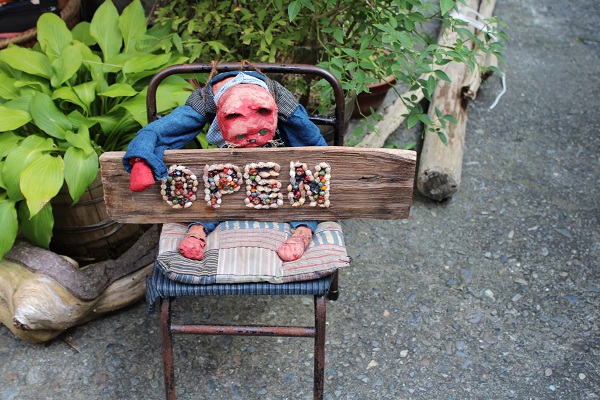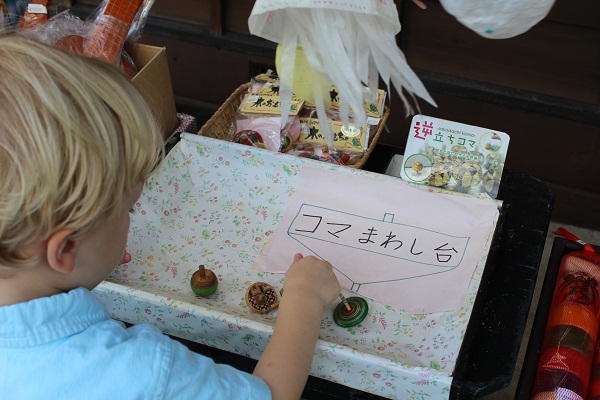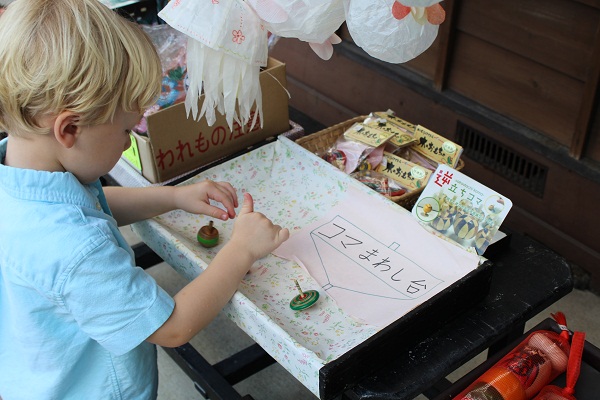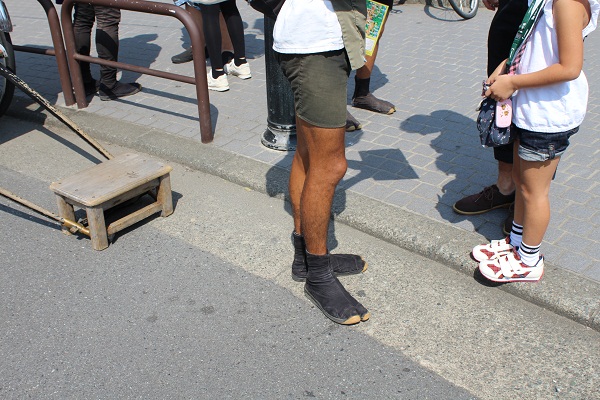Only an hour from Toyko, Kamakura, Japan is a coastal city, small in size, but big in history, culture and charm. It’s history as a former capital of Japan (1192-1333) was coincided with the spread of Buddhism and the establishment of Kamakura as a town of temples. In the 19th century, the area became known for its beaches.
One of the temples in Kamakura is Hasedera. Originally built in 736 to house a large wooden statue of Kannon (goddess of Mercy) that has 11 heads, other statues and gardens were added over time. It is particularly famous for the large number of jizo statues (bald monk looking figures).
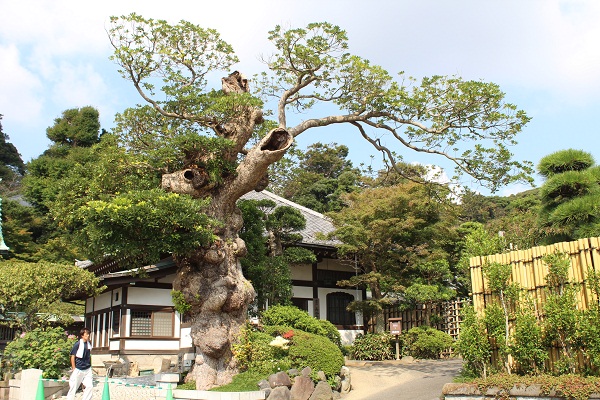
HIGHLIGHTS OF A VISIT TO HASE-DERA TEMPLE
Underground Cave:
This winding cave has a low ceiling and contains many statues.

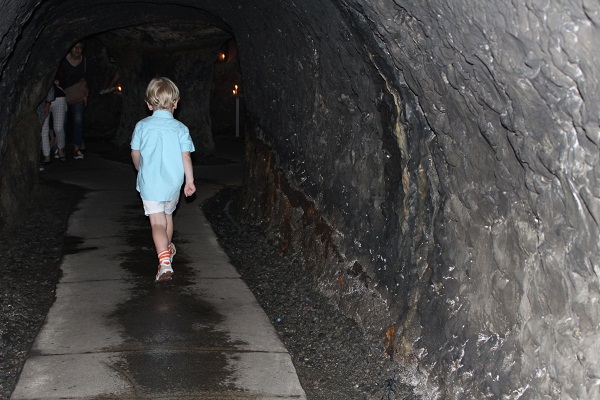
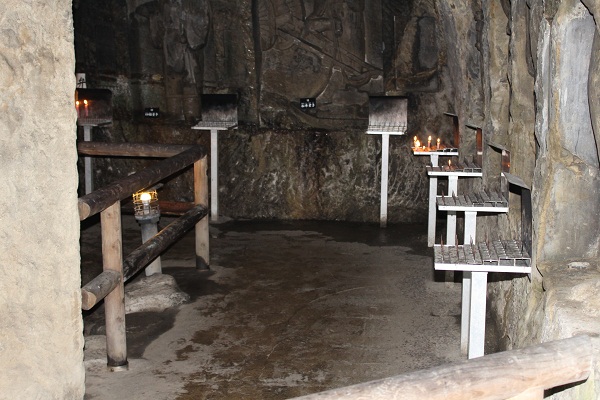
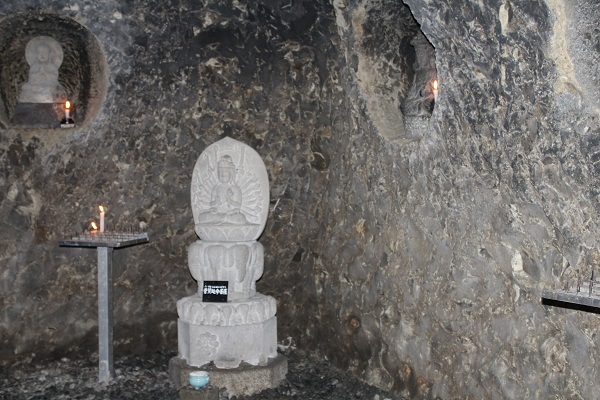
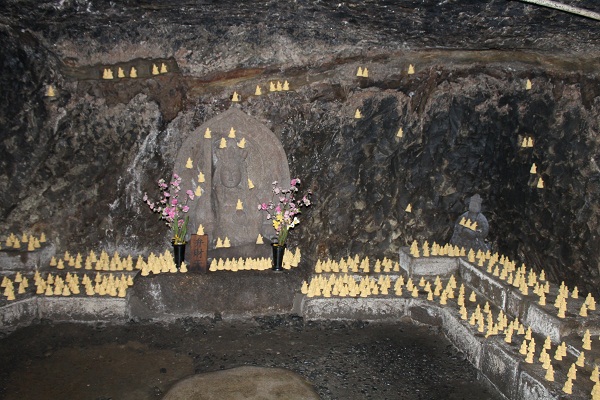
Gardens and Views:
Be sure to walk around and take in the beauty of the gardens, water features and views.
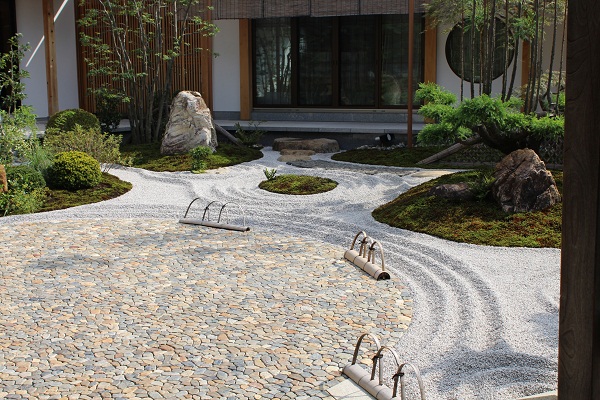
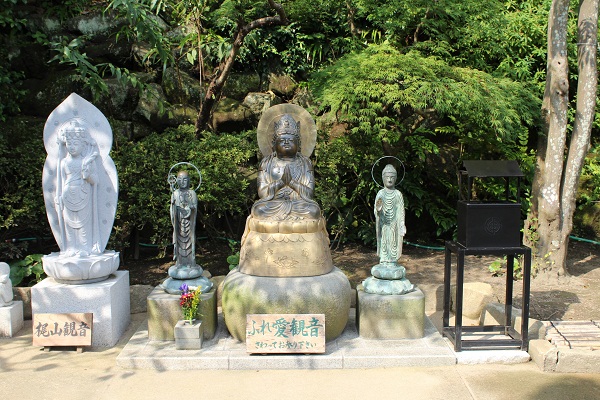
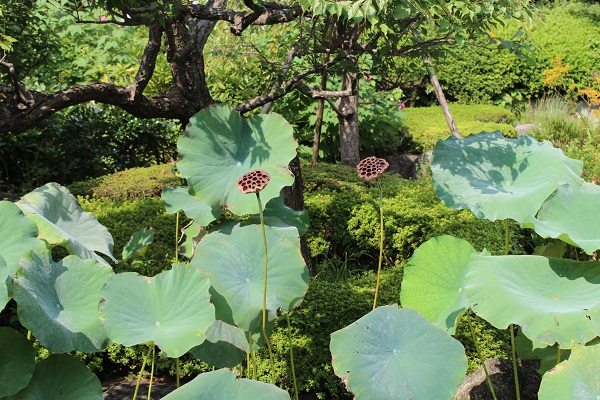

You may notice a swatsika symbol on a sign on the left hand side of this photo. Originally from the Sanskrit word svasti, meaning good fortune, the symbol is found in many places around the world and usually signifies good luck and well being. I have seen it in India as well. It is often seen on the chest of Buddha in images. It was not until the 20th century that is took on a negative meaning when it was used by the Nazi party in Germany.
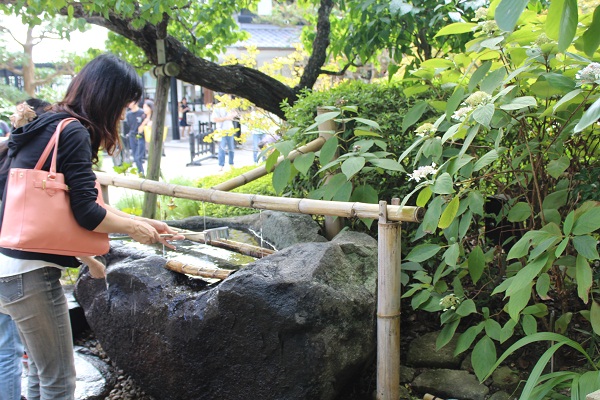
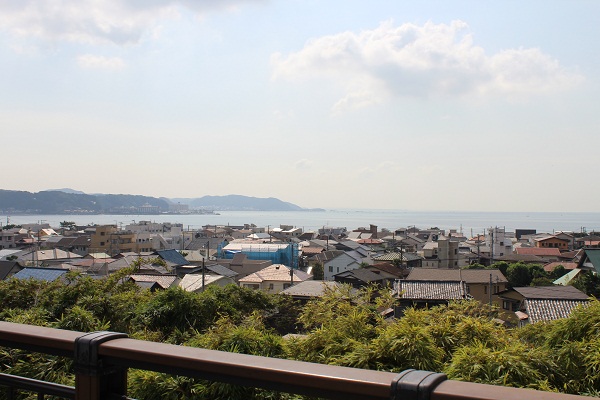
Temple:
As mentioned, the temple houses Kannon, an 11 headed statue. Each head signifies a different stage in the search for enlightenment.
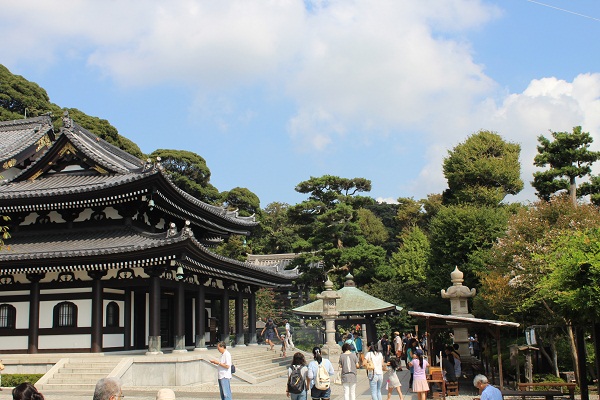

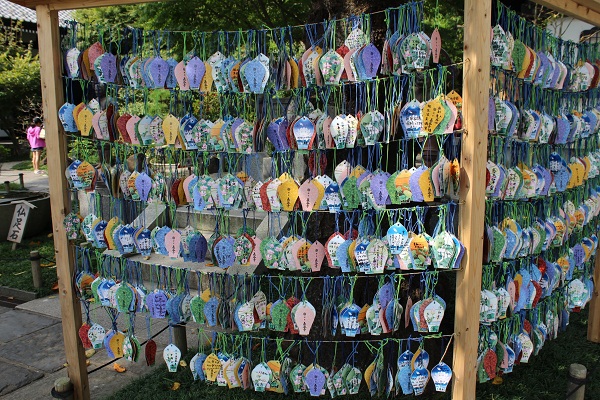
Jizo Statues:
Historically, jizo was the protector of travelers, women and children. Today, Jizo is the guardian of unborn, stillborn and miscarried babies. The statues can be purchased outside of the temple and placed inside the temple gates. To make room for more statues, some are moved out periodically.

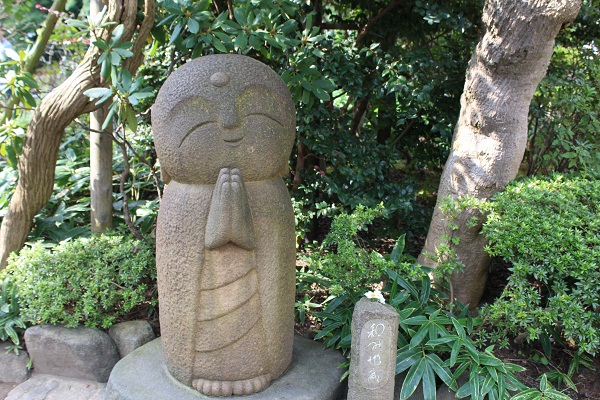
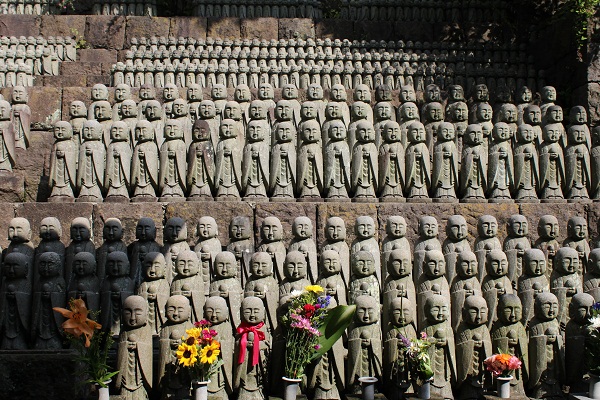
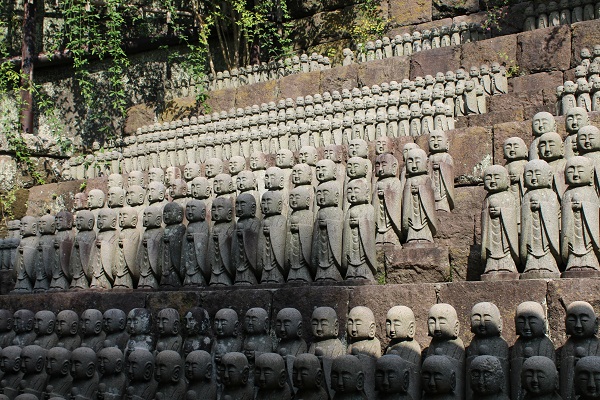
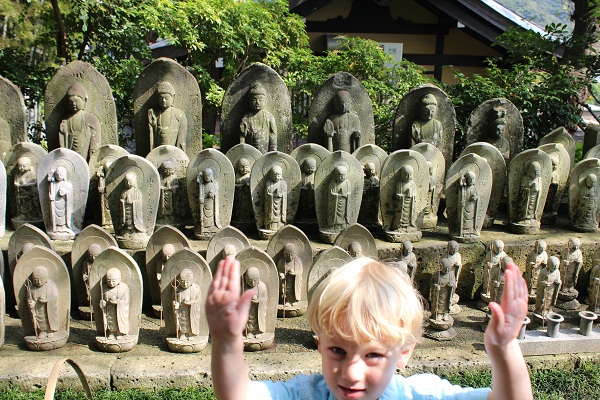
Visit the Prayer Wheel:
There is a very large and impressive prayer wheel in it’s own building on the temple property.


If you have time on your way to or from the temple, take time to enjoy Kamakura. It is lovely and full of little surprises around every corner.
